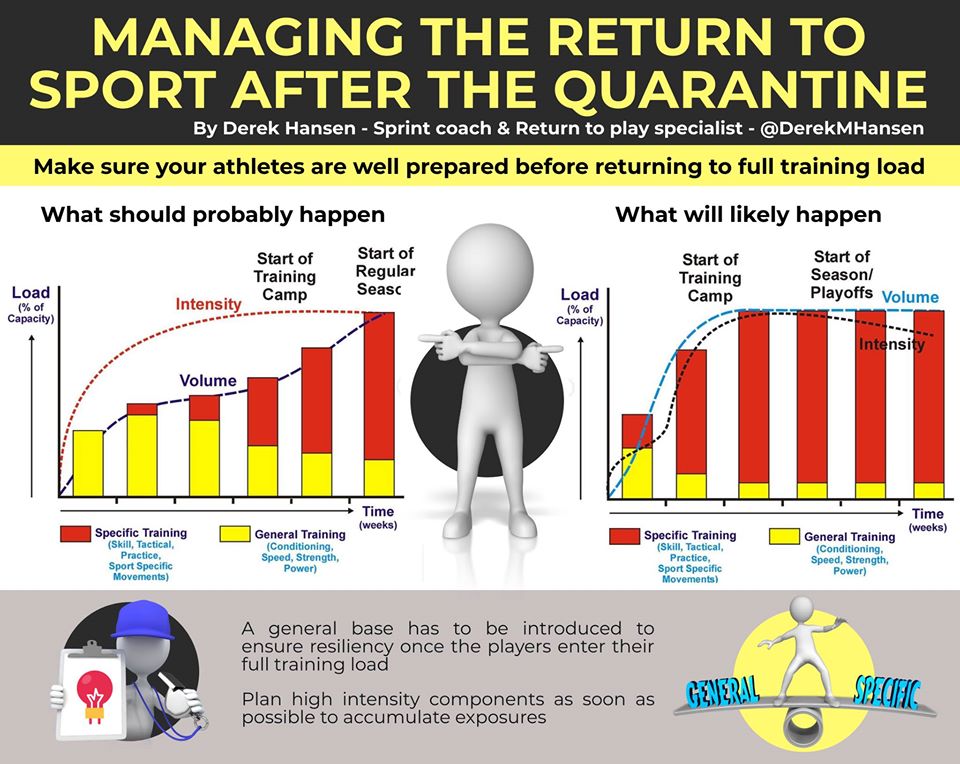Training build up
Runners that can train year on year, injury free with perhaps only a break of a couple of weeks twice a year, normally perform better as they can increase their training gradually in both volume and intensity.
But realistically, the majority of runners may need to take longer breaks due to injuries, government restrictions, weather, work or family commitments.
During this period runners may choose the option to cross train or choose a different sporting activity. However, It is important to build up the volume and intensity for every new sporting activity gradually, to avoid injuries as every sport recruits different muscle groups. Even within athletics, for example if you train for a throwing event or even decide to change your distance from a marathon to a sprint, your body needs gradual time to adapt.
Break duration
Your fitness will reduce, but this all depends on the length of your break from running. Below is a table with an estimate of that fitness loss, but it also shows a slower estimate loss if you are able to keep some kind of activity for example strength, cycling or walking. Consider the loss of fitness when you are back running after a break.
| Weeks of training break | Loss of fitness | Loss of fitness (with leg work) |
| 1 | -1% | -1% |
| 2 | -3% | -2% |
| 3 | -5% | -3% |
| 4 | -7% | -4% |
| 8 | -16% | -8% |
| 10 | -20% | -10% |
Back running after a break
When resuming training , it is vital, that volume and training intensity should be increased gradually to avoid injuries. The longer the break without activity, the slower that increase should be.
This diagram below explains how we should return to sport after the COVID 19 quarantine as it has affected all athletes in the world at the beginning of 2020.
It is applicable for all type of break in your training routine. It is a great way to see the difference between the ideal increase in the training on the left versus what most athletes are doing on the right. Fast increase in training load and intensity will increase risks of injuries and will not give the better results:

Conclusion
If you really want to spend additional time outdoors after a long break, spend the extra time enjoying a long walk, a hike or even a nap in the grass and keep to your progressive training plan.
Ensure you speak to your coach and together, plan your gradual return to training.
